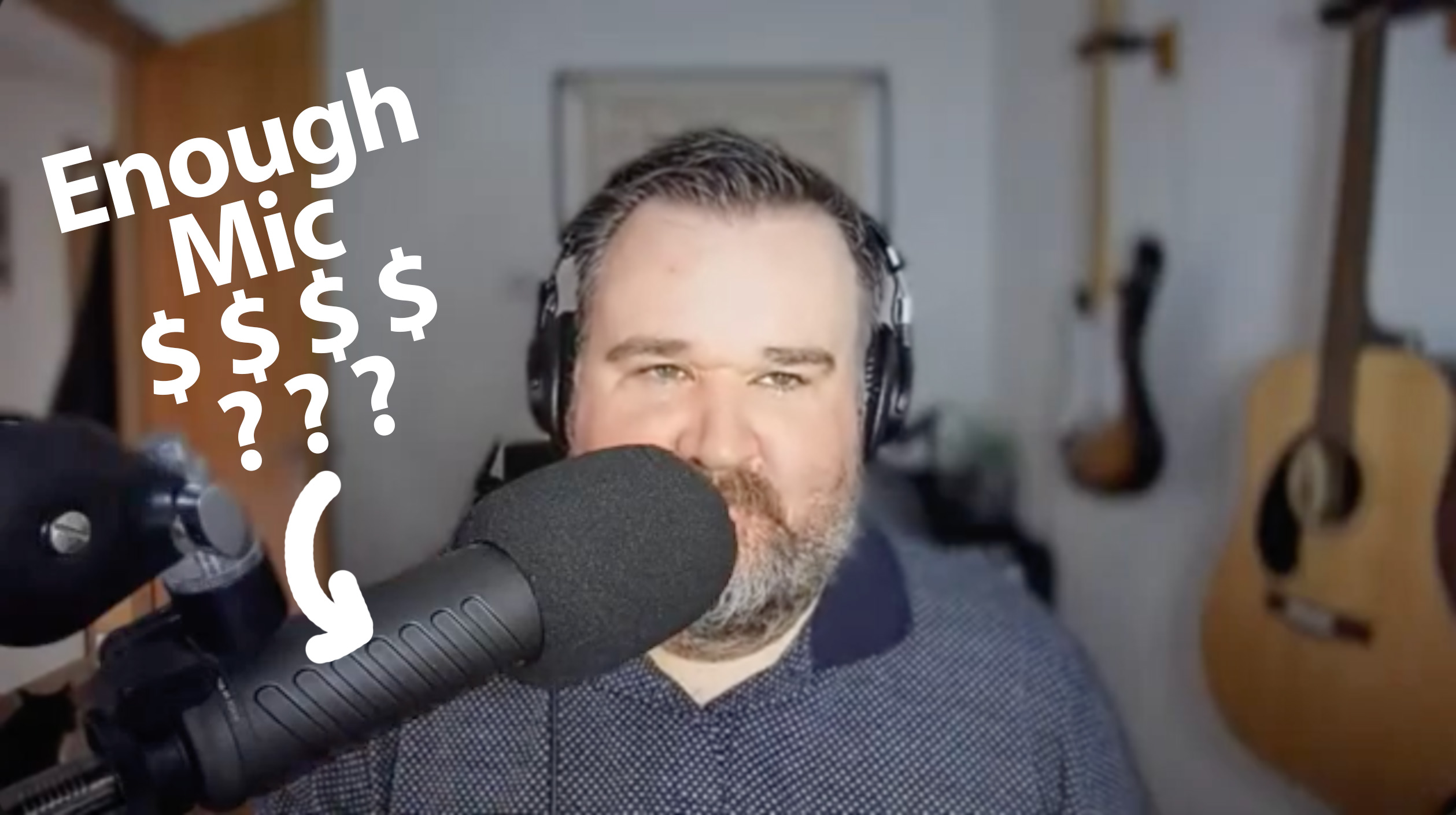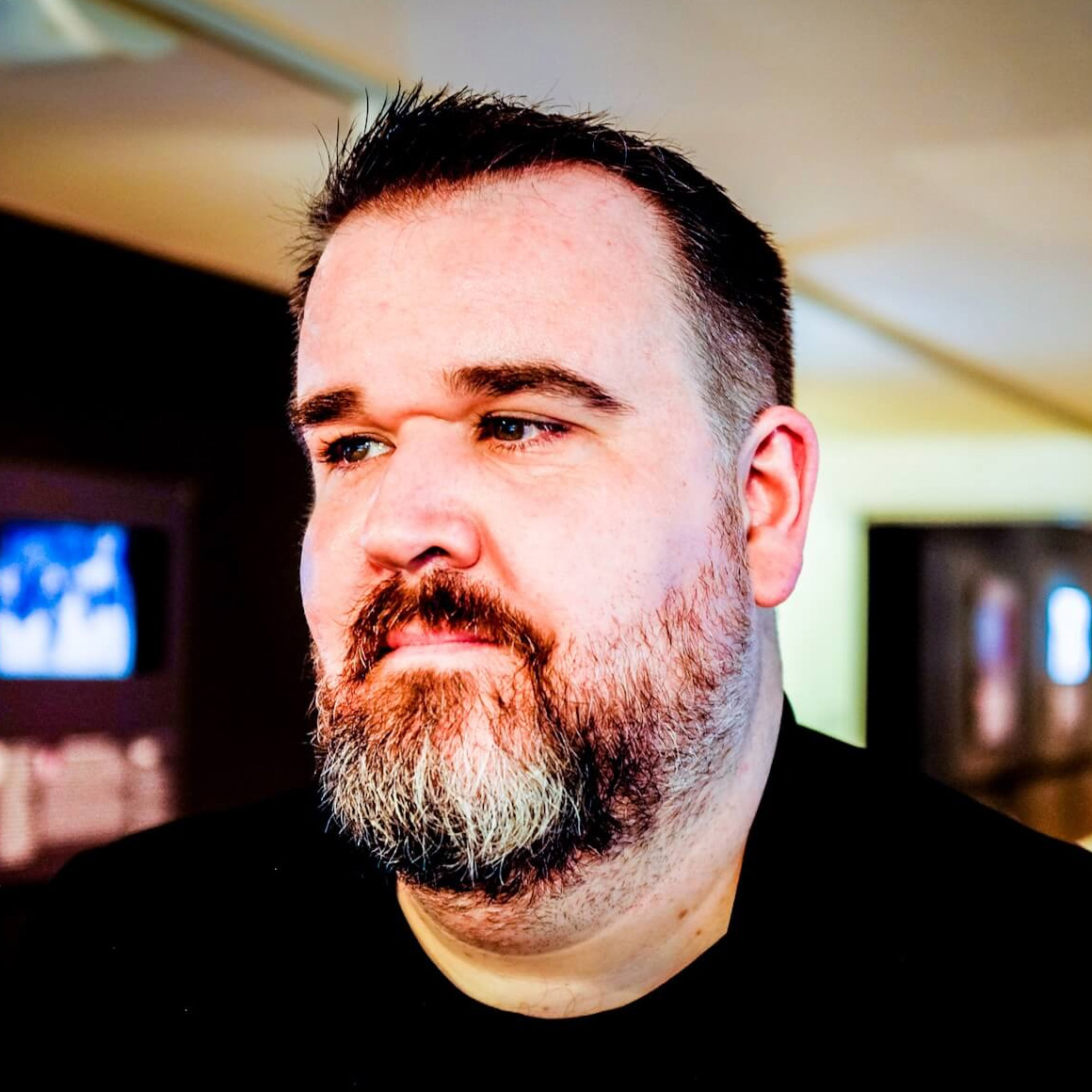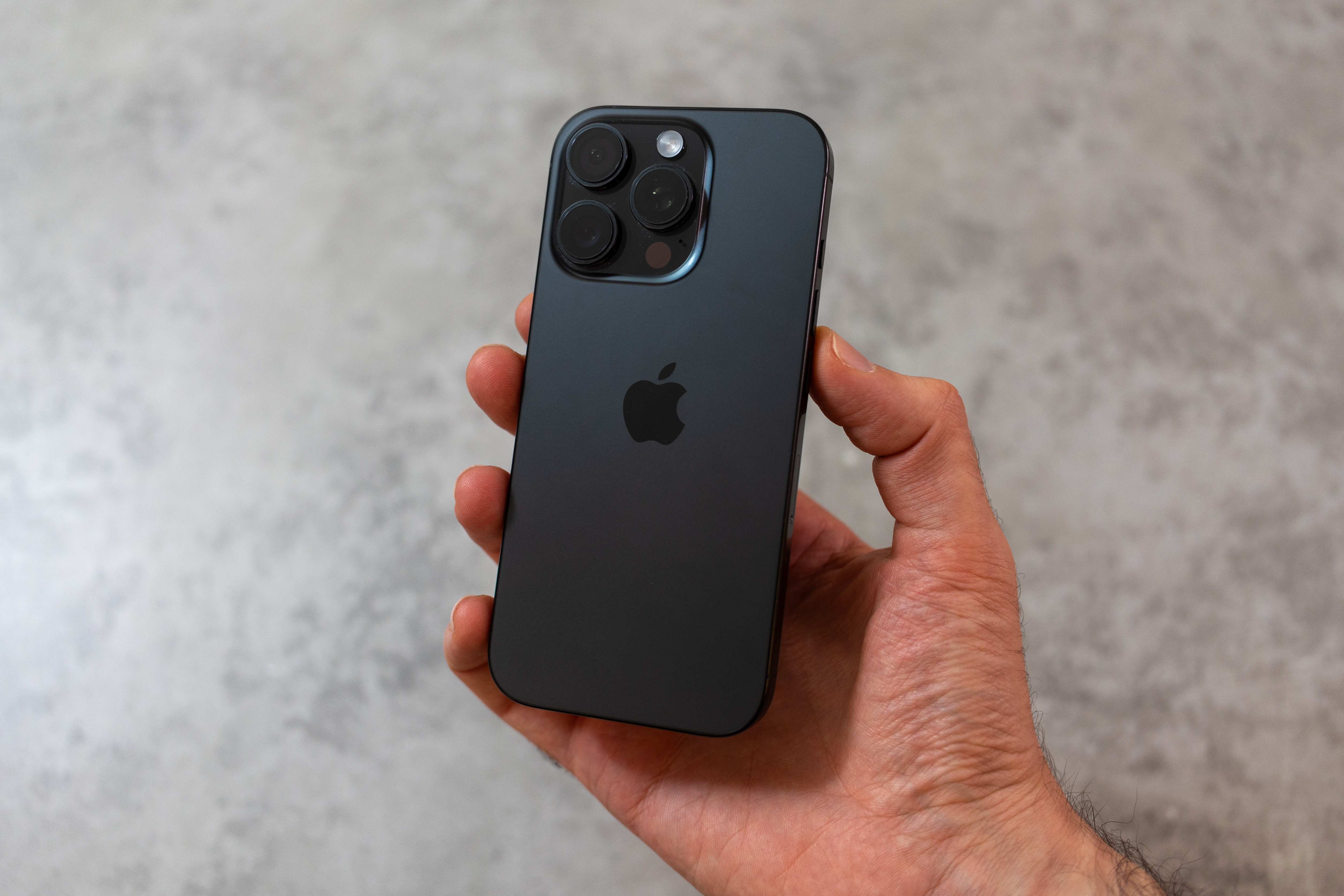People used to choose a mic for quality – now they just copy rich podcasters!
Podcasting is a visual game these days, which may explain why people are spending twice as much as they need to on mics…

When I first started making podcasts for people in 2008, we all used what we could afford at the time. When I began, audio equipment company Behringer had a “podcasting kit” that came with a couple of mics and a mixer that I couldn’t plug into my computer.
Since then I’ve helped around 1,500 podcasters with the tech and tools they need to get started – and, increasingly, podcasting means video. So as well as making sure we sound great, we also want something that’ll look good on camera.
In 2016 my clients started coming to me asking what mic their favourite podcaster was using. Now, everyone seems to want the Shure SM7b.
And it’s a fine mic, made by a company that knows mics. It looks cool, too. This is probably why Steven Bartlett, the style-over-substance CEO uses it, too. To be fair, he probably saw Joe Rogan use it and thought, “That’s the key to success.”
And I get it. We aspire to create work that’s as good as those we look up to. But it’s never about the equipment. So here are two options that will work whether you want to keep your mic in-shot or out-of-shot.
The Røde Procaster is about half the price of the Shure. It’s a hefty boy, but it has a warm, rich, radio sound that will bring you and your viewer (or listener) closer together. Like all dynamic mics, the Procaster benefits from being a couple of inches from your face, so is very much in shot.
You may already be familiar with the Rødecaster Pro, the flagship audio interface / mixer / recorder. The Procaster mic is a great companion. I’ve been using it since 2020 and even in my little metal box of a room, it sounds warm. Everyone comments on how good it sounds when I turn up on a Zoom call.
Get the Digital Camera World Newsletter
The best camera deals, reviews, product advice, and unmissable photography news, direct to your inbox!
The MKH 416, on the other hand, is more expensive even than the Shure mic, but remains entirely out-of-shot. It’s a boom mic, and while it’s not quite as rich and warm as something a fist’s distance from your mouth, it’s crystal clear and – as long as you’re not recording from a hall of mirrors – won’t give you as much reverb as you might expect from something a foot away from you. Having heard this recently over video call, I can vouch for how good it sounds.
Every mic and voice combo creates a different sound, and your mileage – and preferences – will vary. But these are a solid couple of options if you want to avoid buying the mic that YouTubers buy because other YouTubers buy it.
- Best USB microphones: desktop mics for podcasting
- The best microphone for vlogging and filmmaking
- Best lavalier microphone
- The best microphone isolation shields
Take a look at the best USB microphones ideal for podcasting, along with the best boom arm for your microphone, or alternatively the best microphones for vlogging and filmmaking.

Mark Steadman's love of radio started at Birmingham's famous BRMB, and he specialised in Internet Radio at university. He graduated the same year the term 'Podcasting' was coined. He has made a career of helping people make podcasts, first in exchange for beer but later in exchange for money. He built, and eventually sold, a podcasting platform which served millions of listeners around the world. Now he consults with podcasters to help them reach their vision; as well as offering courses for anyone looking to launch a podcast – visual or audio-only. He's also a big fan of The Hitchhikers Guide to the Galaxy.
